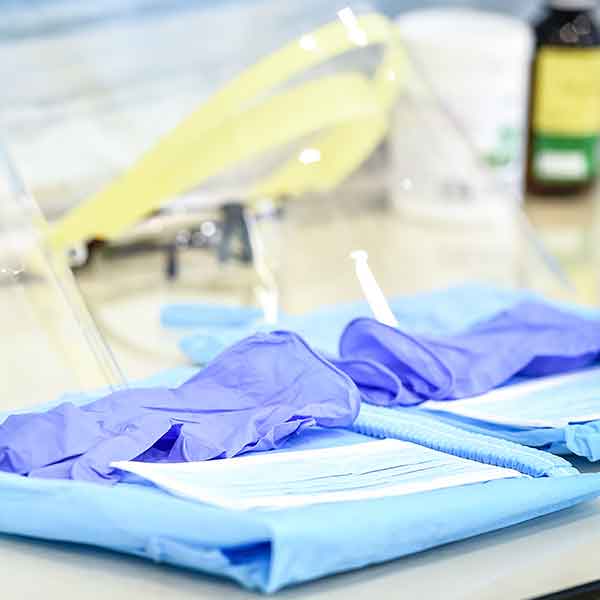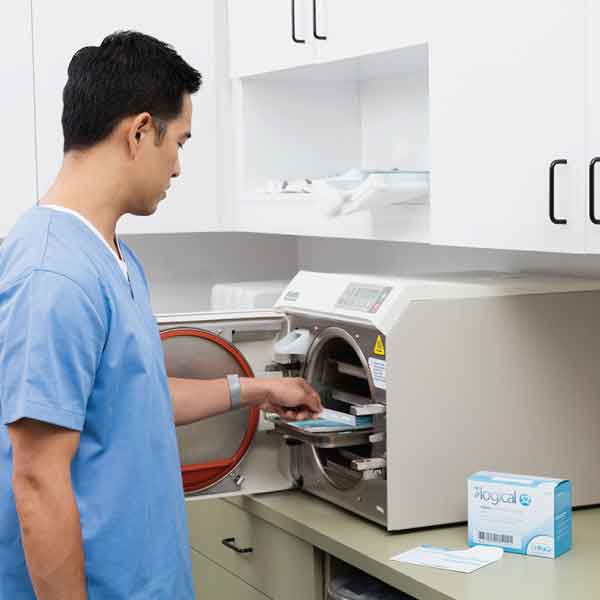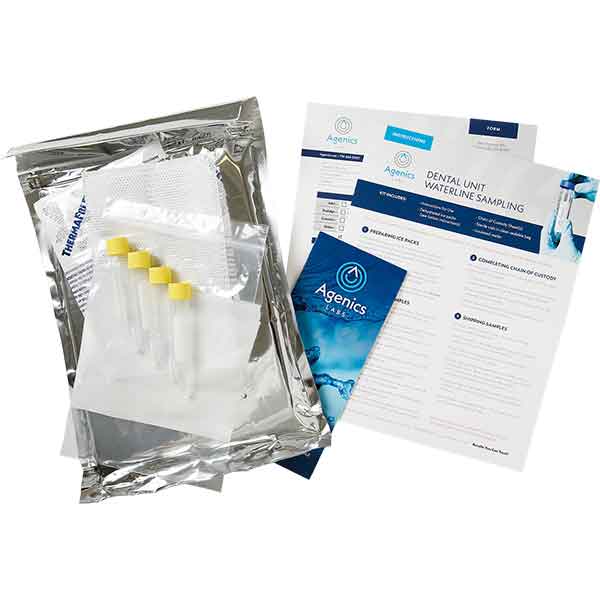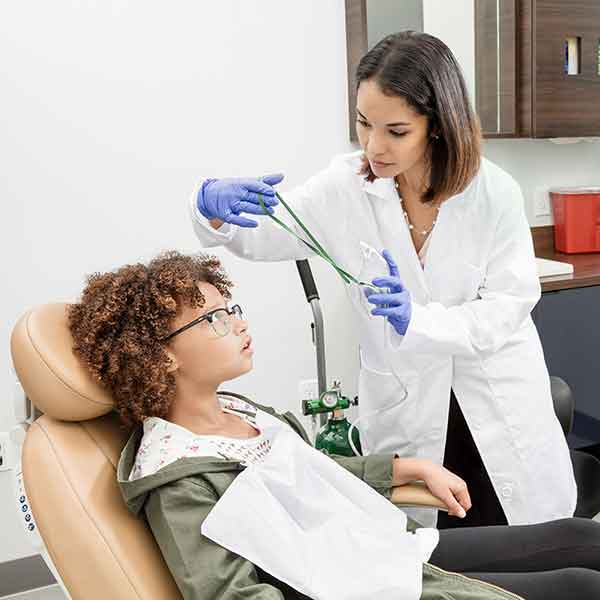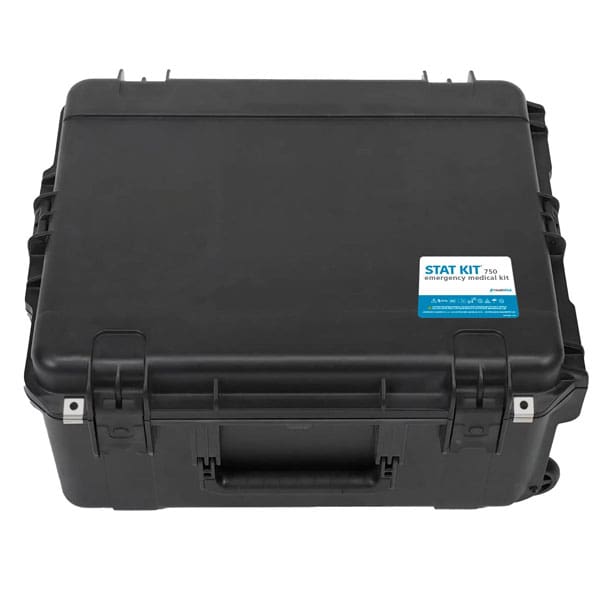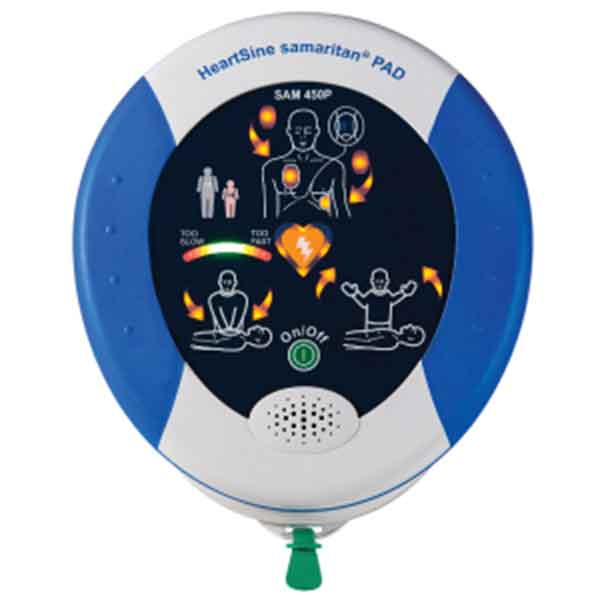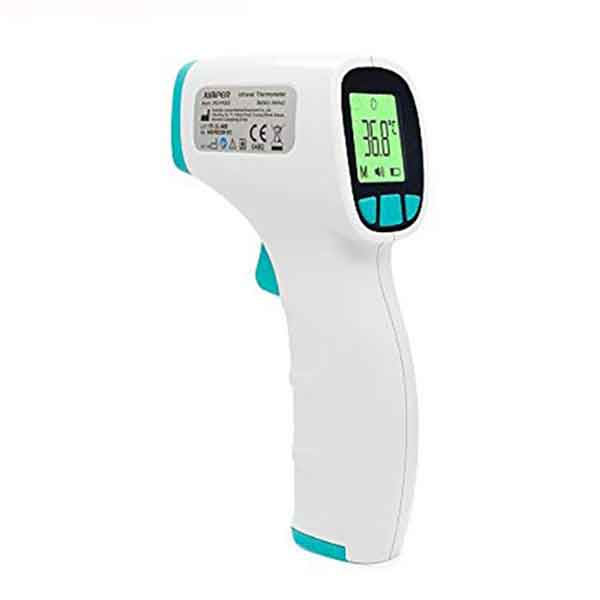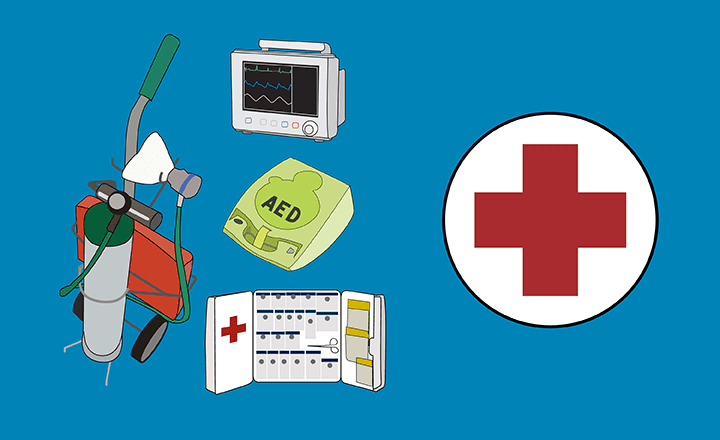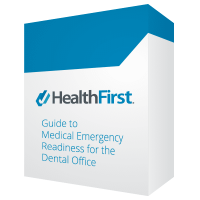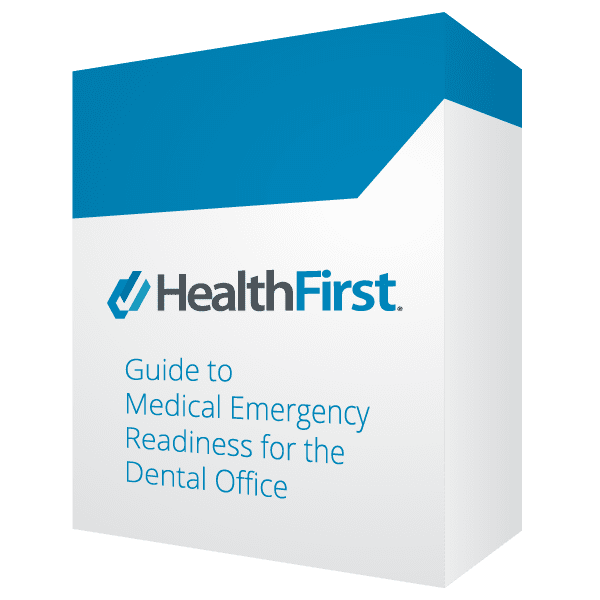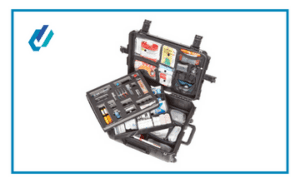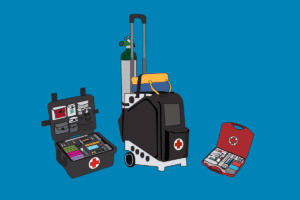As a healthcare provider or staff member, your patients trust you with their lives. In the event of a cardiac arrest, CPR can only take you so far. The chance of a patient surviving increase dramatically if you use an automated external defibrillator (AED). How do you choose the right one?
Initial & Total Cost of Ownership
There’s no getting around it—price is important. Upfront costs of AEDs range from $1,200 to $1,900, depending on the features. That doesn’t tell the full story. Many cost variables influence the cost of ownership.
Specifically, AED pads and batteries both expire; frequency of expiration depends on the AED manufacturer. Pads can last from two to four years and batteries can last from four to seven years.
CPR Feedback
While the core function of every AED is to analyze a rhythm and provide a shock, only half the times an AED is used will a shock be necessary. An AED that provides CPR feedback can increase its utility, even in non-Sudden Cardiac Arrest (SCA) scenarios. Currently, there are two AEDs providing feedback to users: the Zoll AED and the Heartsine 450P. The Zoll provides feedback about depth of compressions while the Heartsine 450P provides feedback about the frequency of compressions.
Clarity
When emergencies happen, it’s critical that you can clearly hear the instructions being provided to you. Some of the manufacturers have conducted extensive research into ensuring that their AEDs are able to be heard even in the noisiest environments.
Shocking Power
AEDs vary in the amount of power they provide and have different upper limits to how many joules may be provided in a single shock. The typical range of AEDs is from 200 to 360 joules. Different AED manufacturers put forth conflicting reports about the optimal energy output, so it’s worthwhile to learn the range and determine your preference.
Escalating Power
Escalating power in an AED means that consecutive shocks increase in power. The argument for this approach is that low shocks may cause less harm, but variable impedance in patients means the minimum shocking power of one patient. Much like how the optimal power is controverted, there are various opinions about the benefit of escalating power. Regardless, you should familiarize yourself with the risks and rewards of having escalating power in your AED.
Training Mode
Each AED has its own training approach so you can become adept at using it. While there are benefits to using the training system that matches your AED, there are also economic options if the primary purpose is general education for your staff about the order of operations for using an AED.
While it may sound like a lot to consider, the most important part of selecting an AED is that you have one at all. Your patients are counting on you to take care of their health, especially in the event of a medical emergency.
























